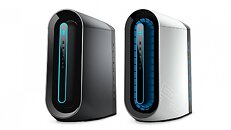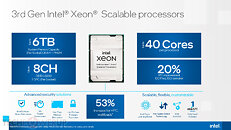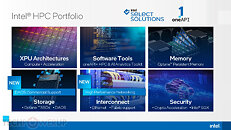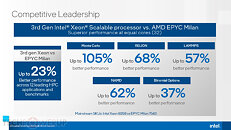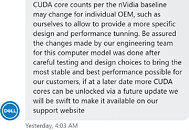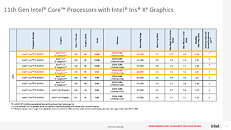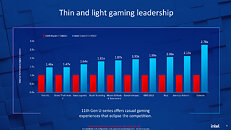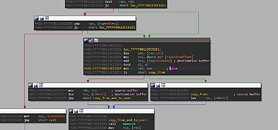
Dell Launches 34-inch Curved USB-C Monitor
Dell has been on something of a roll when it comes to launching new monitor models this year and its latest addition is an office focused curved 34-inch model with a 3440x1440 resolution. The S3423DWC as the model is called, sports a VA panel with a 300 cd/m² brightness, a 3000:1 contrast ratio and a colour gamut capable of 99 percent of the sRGB colour space. Although it's an office focused display, the good news here is that it has 100 Hz refresh rate and a 4 ms response time, which is quite unusual for its target market. AMD FreeSync is also supported, although there's no mention of the frequency range.
Connectivity-wise the main selling point is its single USB-C port that also has support for DP 1.4 Alt Mode as well as USB PD up to 65 W. Furthermore it has two HDMI 2.0 ports, a USB 3.2 Gen 1 Type-B input and two USB 3.2 Gen 1 Type-A ports, of which one can deliver 10 W of power for charging. Thanks to the two USB inputs, the display can function as a KVM and it also supports Picture-by-Picture and Picture-in-Picture when more than one input is being used. Dell also integrated a pair of 5 W speakers, but it seems like audio input is only via HDMI or USB, as the 3.5 mm jack on the rear of the display is apparently only for audio output. The stand is height adjustable, but due to this being an ultra-widescreen display, it can't be rotated. Dell claims that the plastic used contains at least 25 percent recycled materials. The S3423DWC is available in the APAC region now, although the US and European retail price should be around US$/€689 once it launches there.
Connectivity-wise the main selling point is its single USB-C port that also has support for DP 1.4 Alt Mode as well as USB PD up to 65 W. Furthermore it has two HDMI 2.0 ports, a USB 3.2 Gen 1 Type-B input and two USB 3.2 Gen 1 Type-A ports, of which one can deliver 10 W of power for charging. Thanks to the two USB inputs, the display can function as a KVM and it also supports Picture-by-Picture and Picture-in-Picture when more than one input is being used. Dell also integrated a pair of 5 W speakers, but it seems like audio input is only via HDMI or USB, as the 3.5 mm jack on the rear of the display is apparently only for audio output. The stand is height adjustable, but due to this being an ultra-widescreen display, it can't be rotated. Dell claims that the plastic used contains at least 25 percent recycled materials. The S3423DWC is available in the APAC region now, although the US and European retail price should be around US$/€689 once it launches there.



























